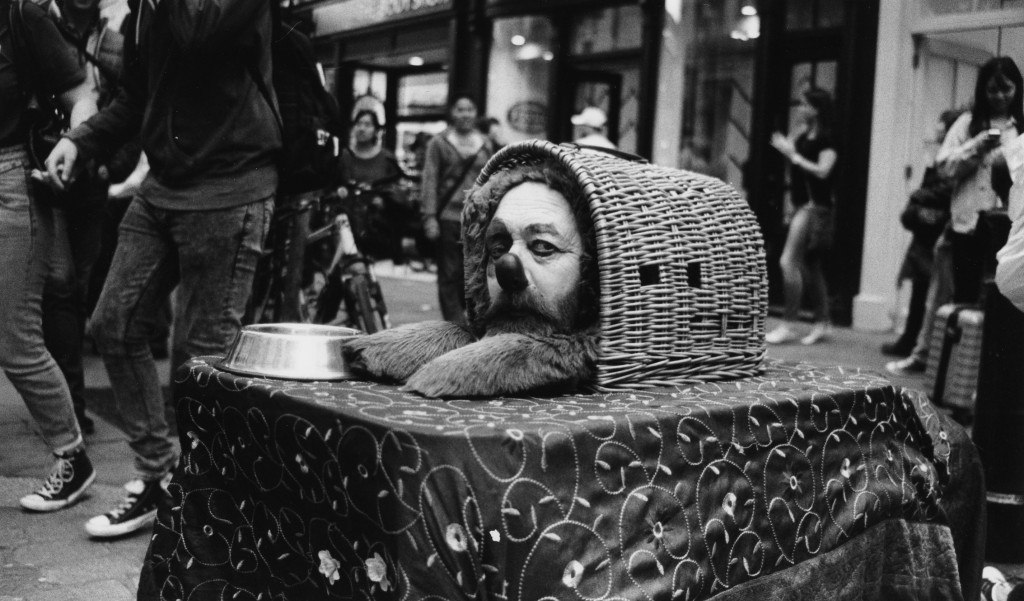 Motley is a mixed media exhibition, presenting the work of four independent Welsh artists, collaborating to create a thought provoking show, combining their latest projects to create a unique and diverse space, ranging from typography to music, found negatives to short films.
Motley is a mixed media exhibition, presenting the work of four independent Welsh artists, collaborating to create a thought provoking show, combining their latest projects to create a unique and diverse space, ranging from typography to music, found negatives to short films.
Motley has something for everyone, giving an insight into the work young Welsh artists are creating today.
Private view: Thursday 5th May 7:00-9:30pm
Amy Leigh Jones is a Swansea-based young creative studying Advertising and Brand Design at the University Of Wales Trinity Saint David. Stemming from her previous studies on UWTSD’s Foundation Art and Design course, she delivers her brand solutions through an exploration of media. Presenting her own self-branded identity and her latest promotional work for client Jazz Heritage Wales, she demonstrates her multidisciplinary approach to her practice.
Emily Jaye Owen is a Neath based artist, working over multiple media platforms in order to diversely represent her projects. Currently developing a foundation diploma in art and design at the University of Wales Trinity Saint Davide, aiming to later study Advertising Design at the University of South-Wales. She hopes to extend her Curriculum Vitae and create a presence in London.
Niall James Soar is an independent Welsh photography student living in London, studying at the University of Westminster. Presenting his latest work with analogue photography, including found negatives from around the world composed through a voyeuristic view on others holiday snapshots; these range from the 50s to the modern day, and his ongoing B&W street project in which he examines the lives of street performers and Buskers around central London.
David Owen is a self taught musician, working from his independent studio to create a series of acoustic based melodies. Currently works in a college in Neath. He hopes to pursue the opportunity of making a name for himself, putting use to his work.
‘The controversial element lies within the found negatives. Images such as bear trainers, or intimate, personal family photographs, lead the audience to question what right the artist has to use these images, how he may own the negative but not the memory, and even the ethics of viewing such images for leisure purposes. Do these pictures belong in a gallery, in a photographer’s archive, or in a family photo album or child’s scrap book? Featuring found negatives adds a thought-provoking dimension to the gallery.
‘The fact they are genuine family photographs, add a voyeuristic feel to them, not knowing how or why the ended up in a market in Camden’.

